The exotic pet trade represents a multibillion-dollar global industry that often operates in the shadows of legality. While many enthusiasts seek unique animal companions, this demand fuels a devastating underground market that threatens biodiversity, animal welfare, and even human health. Exotic animals—those not traditionally domesticated and typically native to foreign habitats—are captured from their natural environments or bred in captivity under questionable conditions. This article explores the most commonly trafficked exotic species in the pet trade, examining the devastating impacts of this industry on wildlife populations and ecosystems worldwide, while highlighting the ethical concerns and legal frameworks surrounding this controversial practice.
Primates: Our Distant Cousins in Captivity
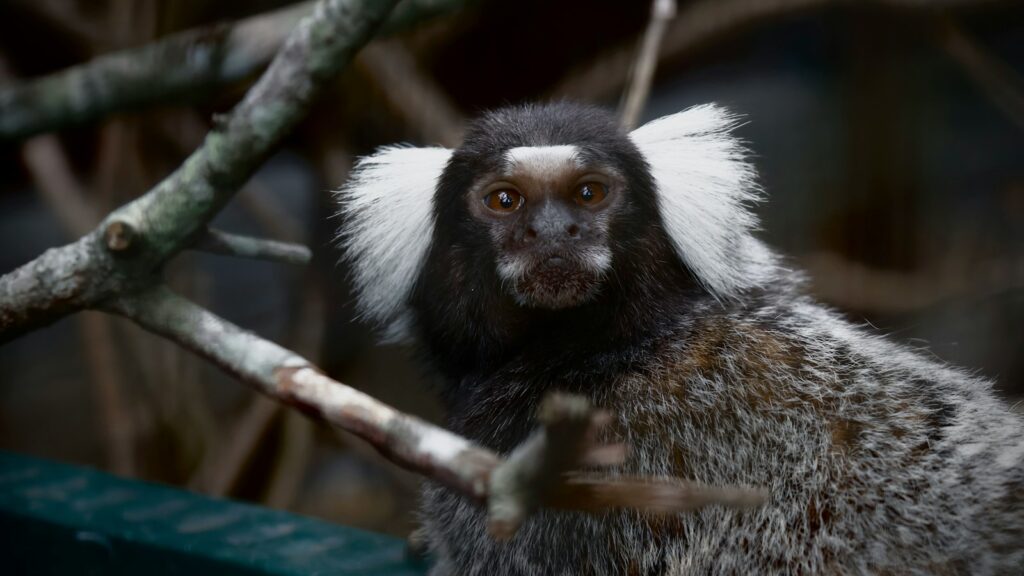
Primates, particularly small species like marmosets, capuchins, and squirrel monkeys, remain highly coveted in the exotic pet trade despite extensive legal restrictions. Their human-like features and intelligent behaviors make them appealing to collectors seeking unusual companions, but these same characteristics make their captivity particularly cruel. In the wild, primates live in complex social groups and require extensive environmental stimulation that captive settings rarely provide. Captured primates often develop severe psychological disturbances, including self-mutilation, abnormal repetitive behaviors, and aggressive tendencies toward their owners as they mature. Additionally, primates can transmit numerous diseases to humans, including Herpes B virus, tuberculosis, and various parasitic infections, creating significant public health concerns alongside the conservation impacts.
Big Cats: Kings of the Black Market

Tigers, lions, and other big cats represent some of the most expensive and dangerous exotic pets trafficked globally, with tiger cubs potentially fetching tens of thousands of dollars in underground markets. The Netflix documentary “Tiger King” brought widespread attention to the previously underrecognized extent of big cat ownership in the United States, where estimates suggest that more tigers may live in captivity than remain in the wild. These magnificent predators grow rapidly, eventually requiring up to 15 pounds of meat daily and appropriate enclosures measuring hundreds of square feet—resources that few private owners can realistically provide. As cubs mature into powerful adults, many owners abandon, euthanize, or sell their pets to roadside zoos where animals often face lifelong confinement in substandard conditions. Alarmingly, the selective breeding for unusual color morphs like white tigers has led to severe inbreeding depression and associated health problems in captive populations.
Reptiles: Cold-Blooded Victims of Collection

Reptiles constitute the most numerous group of trafficked exotic pets, with hundreds of thousands of turtles, snakes, and lizards entering the international market annually. Ball pythons, bearded dragons, and various gecko species remain particularly popular due to their manageable size and relatively straightforward care requirements. The illegal collection of wild specimens has devastated populations of certain species, including the ploughshare tortoise of Madagascar, now critically endangered with fewer than 100 individuals remaining in the wild. Unlike mammals, reptiles can be transported in extremely confined spaces without food or water for extended periods, making them easier to smuggle internationally—often with mortality rates exceeding 70% during transit. Temperature-controlled environments, specialized diets, and proper humidity levels require substantial knowledge and equipment that many unprepared owners fail to provide, leading to premature death or abandonment of these animals.
Birds: Winged Treasures Under Threat

The international trade in exotic birds remains one of the oldest forms of wildlife trafficking, with particular demand for colorful parrot species like macaws, African greys, and cockatoos. These highly intelligent birds can live for decades and naturally travel miles daily in flocks, making their confinement to cages particularly detrimental to their physical and psychological well-being. Poachers often harvest entire nests of young birds, frequently killing parent birds that attempt to defend their offspring and destroying nesting sites in the process. The capture techniques employed are notoriously cruel, with smugglers often cramming birds into plastic tubes, suitcases, or even hair curlers to avoid detection at border crossings. African grey parrots, renowned for their exceptional cognitive abilities and speaking skills, have experienced population declines exceeding 90% in some regions due to trapping for the pet trade, leading to their listing on CITES Appendix I, which prohibits all international commercial trade.
Exotic Mammals: Small Packages, Big Problems
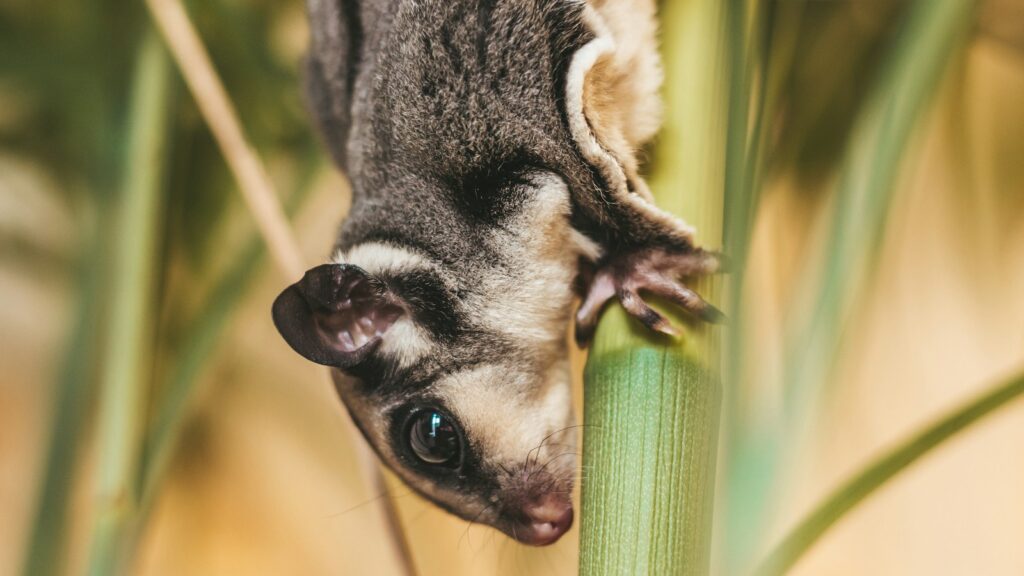
Beyond primates and big cats, the exotic pet trade targets numerous smaller mammals including sugar gliders, fennec foxes, kinkajous, and hedgehogs. Sugar gliders, nocturnal marsupials native to Australia and Indonesia, have become increasingly popular despite requiring specialized diets, social companionship, and nocturnal activity schedules that conflict with typical human lifestyles. Fennec foxes, captured from North African deserts, retain wild instincts including territorial marking behaviors and nighttime vocalization that often lead disappointed owners to surrender them after the initial novelty wears off. Slow lorises—small nocturnal primates from Southeast Asia—face particular cruelty in the trade, often having their teeth removed without anesthesia to prevent their venomous bite, resulting in infection, inability to eat properly, and frequently, death. These specialized mammals have evolved specific physiological and behavioral adaptations to their natural habitats that captive environments rarely accommodate, leading to chronic stress, malnutrition, and premature mortality.
Amphibians: Silent Sufferers of Collection
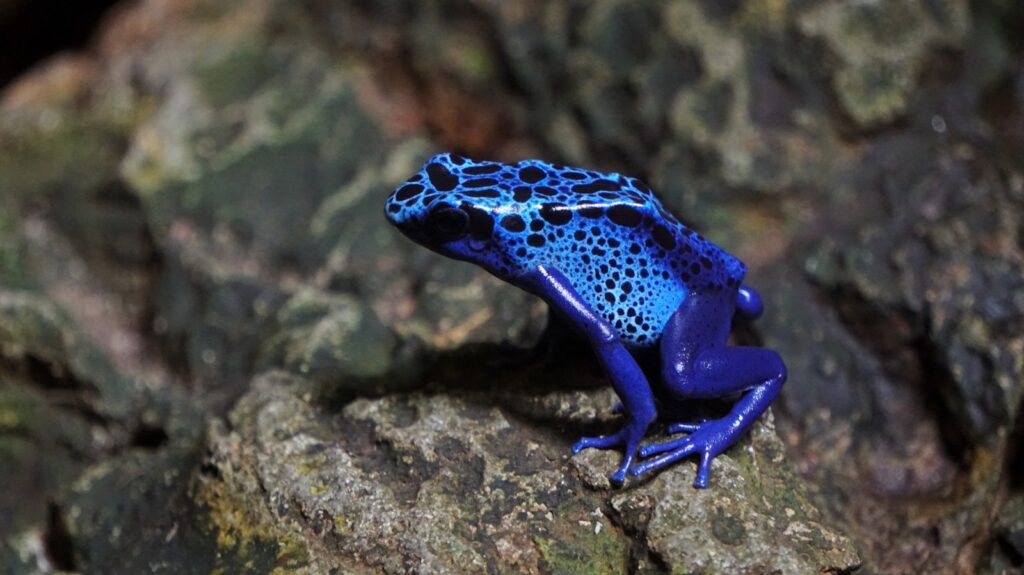
Frogs, salamanders, and other amphibians have gained popularity in the exotic pet trade, with poison dart frogs, axolotls, and rare newt species commanding high prices among collectors. Their specialized skin requirements make them particularly vulnerable to improper care, as many species absorb water and even oxygen directly through their permeable skin. The global amphibian trade has contributed significantly to the spread of chytrid fungus (Batrachochytrium dendrobatidis), a pathogen responsible for catastrophic population declines and extinctions of amphibian species worldwide. Collectors often target newly discovered or rare species, creating immediate conservation concerns when scientists describe new amphibian taxa that may quickly become targeted by wildlife traffickers. Despite their vibrant colors and interesting behaviors, most amphibians prefer minimal handling, as the oils and salts from human skin can damage their delicate skin membranes and disrupt their osmotic balance.
Exotic Fish: Underwater Treasures at Risk

The international trade in exotic freshwater and marine fish represents one of the largest sectors of the wildlife trade, with particular demand for colorful reef species, rare catfish varieties, and unusual deep-water specimens. Techniques used to capture wild marine ornamental fish often include stunning them with cyanide, a practice that damages coral reefs and results in high post-capture mortality rates. Endangered species like the Asian arowana, sometimes called “dragon fish,” can sell for tens of thousands of dollars in Asian markets where they’re considered symbols of good fortune and prosperity. Specialized aquatic species often require precise water parameters, including specific pH levels, temperatures, mineral content, and current patterns that inexperienced keepers struggle to maintain. The collection pressure on certain species has become so intense that some fish now face extinction in the wild while remaining readily available in the aquarium trade, creating the troubling paradox of “extinction in the wild but abundant in captivity.”
Invertebrates: Small Bodies, Big Impact

The trade in exotic invertebrates, including tarantulas, scorpions, and rare beetles, has expanded dramatically with the rise of social media platforms showcasing these unusual pets. Though invertebrates generally face fewer legal restrictions than vertebrate species, the collection of certain tarantula species has decimated wild populations, particularly slow-reproducing species from specific microhabitats. Emperor scorpions from West Africa, once common in the pet trade, now face population declines severe enough to warrant CITES protection, limiting international commerce in this species. Butterfly and beetle collectors continue targeting rare specimens, sometimes paying thousands of dollars for unusual morphs or newly described species, incentivizing illegal collection in protected areas. While invertebrates generally require less space than vertebrates, many species still need specific humidity levels, temperature gradients, and dietary considerations that casual keepers frequently overlook, leading to premature death.
Health Risks: Zoonotic Concerns in the Exotic Pet Trade

The exotic pet trade creates significant public health risks through the potential transmission of zoonotic diseases from wildlife to humans. Monkeypox outbreaks in the United States have been directly linked to the importation of African rodents for the pet trade, while salmonella infections regularly occur through contact with reptiles and amphibians. Emerging research increasingly recognizes the exotic pet trade as a potential pathway for novel disease emergence, with densely packed animals of diverse species creating ideal conditions for pathogens to jump between hosts. Birds imported for the pet trade may carry avian influenza strains with pandemic potential, while primates can harbor numerous viruses closely related to human pathogens. Recent research suggests that approximately 75% of emerging infectious diseases affecting humans originate in animals, highlighting the importance of regulating wildlife trade not just for conservation but for global public health security.
Economic Realities: The Money Behind Exotic Pet Trafficking

The illegal wildlife trade generates estimated annual revenues between $7-23 billion globally, ranking among the most profitable criminal enterprises alongside drugs, weapons, and human trafficking. This immense profitability creates powerful incentives for continued poaching and smuggling despite legal prohibitions, with rare specimens commanding prices that can transform the economic circumstances of impoverished people in biodiversity-rich regions. The value chain in wildlife trafficking typically shows exponential price increases, with animals worth perhaps $50 in local markets potentially fetching thousands once smuggled into wealthy nations. Organized crime networks increasingly control wildlife trafficking routes, leveraging existing smuggling infrastructure to move exotic animals alongside other contraband. The legitimate exotic pet industry also generates substantial economic activity, with specialized breeding facilities, food suppliers, veterinary services, and retail outlets collectively employing thousands and generating billions in legal commerce—creating complex policy challenges for regulators seeking to address illegal trade without harming legitimate businesses.
Legal Frameworks: International and Domestic Regulations

The Convention on International Trade in Endangered Species (CITES) represents the primary international framework regulating wildlife trade, categorizing species into three appendices with varying levels of protection and trade restrictions. Individual countries implement CITES provisions through domestic legislation, creating a complex patchwork of regulations that varies significantly between jurisdictions—some nations prohibit virtually all exotic pet ownership while others maintain minimal restrictions. The Lacey Act serves as the United States’ primary legal tool against wildlife trafficking, prohibiting trade in wildlife taken in violation of any law and allowing for significant penalties including fines up to $250,000 and imprisonment for up to five years. The European Union Wildlife Trade Regulations generally implement stricter measures than CITES requires, with particular focus on ensuring the sustainable sourcing of wildlife entering European markets. Despite these frameworks, enforcement remains challenging due to limited resources, difficulties in species identification, and the vast volume of international trade in wildlife products.
Conservation Impact: Ecosystems in Peril
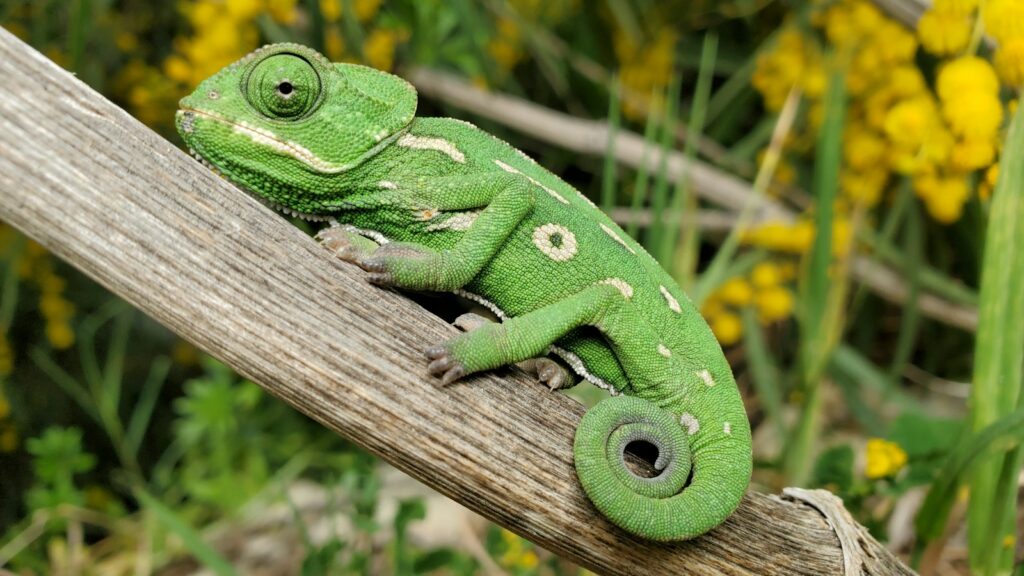
The exotic pet trade drives significant biodiversity loss through both direct collection pressure on target species and collateral damage to ecosystems during capture operations. For certain species like the ploughshare tortoise, Spix’s macaw, and various chameleon species, collection for the pet trade represents the primary driver of their endangered status or extinction in the wild. Beyond species-level impacts, collection methods often damage habitats—for example, trees cut down to access parrot nests or coral reefs shattered to extract aquarium fish. The removal of key species can trigger cascading ecological effects, as when the extraction of apex predators or important seed dispersers disrupts ecosystem functions. When exotic pets escape or are deliberately released, they may establish invasive populations that further threaten native biodiversity, as seen with Burmese pythons in the Florida Everglades or red-eared slider turtles in waterways worldwide. Conservation biologists increasingly advocate for sustainable captive breeding programs as alternatives to wild collection, though these require careful genetic management and verification systems to prevent laundering of wild-caught specimens.
Ethical Alternatives: Making Responsible Choices
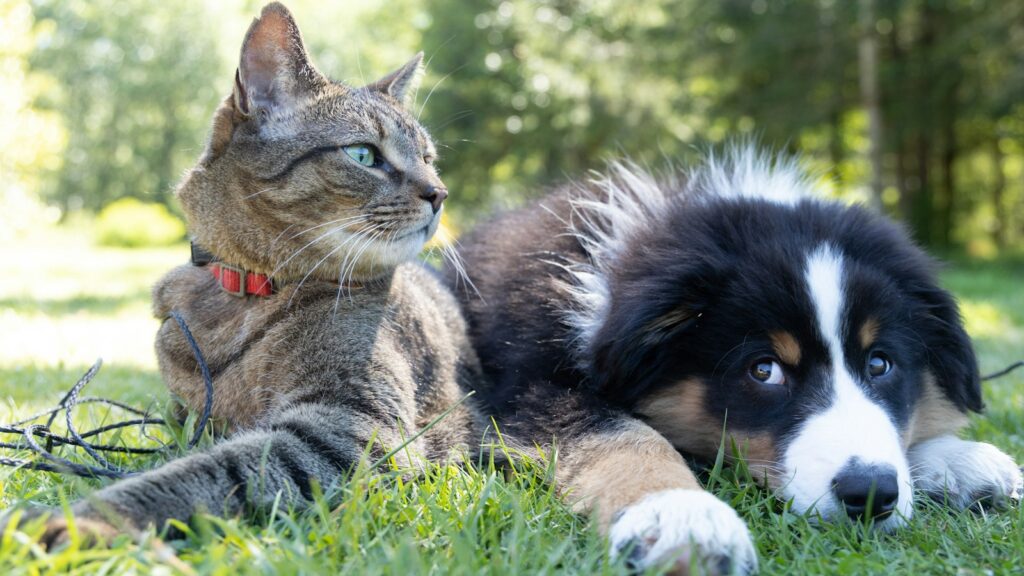
For individuals fascinated by exotic animals, numerous ethical alternatives exist beyond participating in the potentially harmful wildlife trade. Domestic species like cats, dogs, and rabbits offer companionship without the ecological footprint of exotic species, while specialized breeds can sometimes provide the unusual appearances that attract people to exotics. Captive-bred reptiles, birds, and fish from established breeding programs generally have better temperaments, fewer health issues, and create less conservation impact than wild-caught specimens. Supporting legitimate zoos, wildlife sanctuaries, and conservation organizations provides opportunities to observe and learn about exotic species without the ethical complications of private ownership. Photography, wildlife observation, and ecotourism offer ways to connect with exotic animals in their natural habitats while contributing to conservation efforts rather than extraction. For those determined to keep unusual pets, researching species thoroughly, verifying the legal origin of animals, ensuring appropriate care capabilities, and making lifetime commitments to animals can minimize negative impacts.
The exotic pet trade represents a complex intersection of human fascination with the unusual, economic opportunity, conservation challenges, and animal welfare concerns. While the desire to connect with wildlife is understandable, the trafficking of exotic animals exacts a devastating toll on individual animals, wild populations, and entire ecosystems. As consumers become more aware of these impacts, there’s growing momentum toward more ethical choices—captive-bred specimens, domestic alternatives, or wildlife appreciation without ownership. Moving forward, stronger international cooperation, improved enforcement of existing regulations, and greater public awareness will be essential to addressing the harms of exotic animal trafficking while fostering healthier relationships between humans and the remarkable diversity of animal life with which we share our planet.

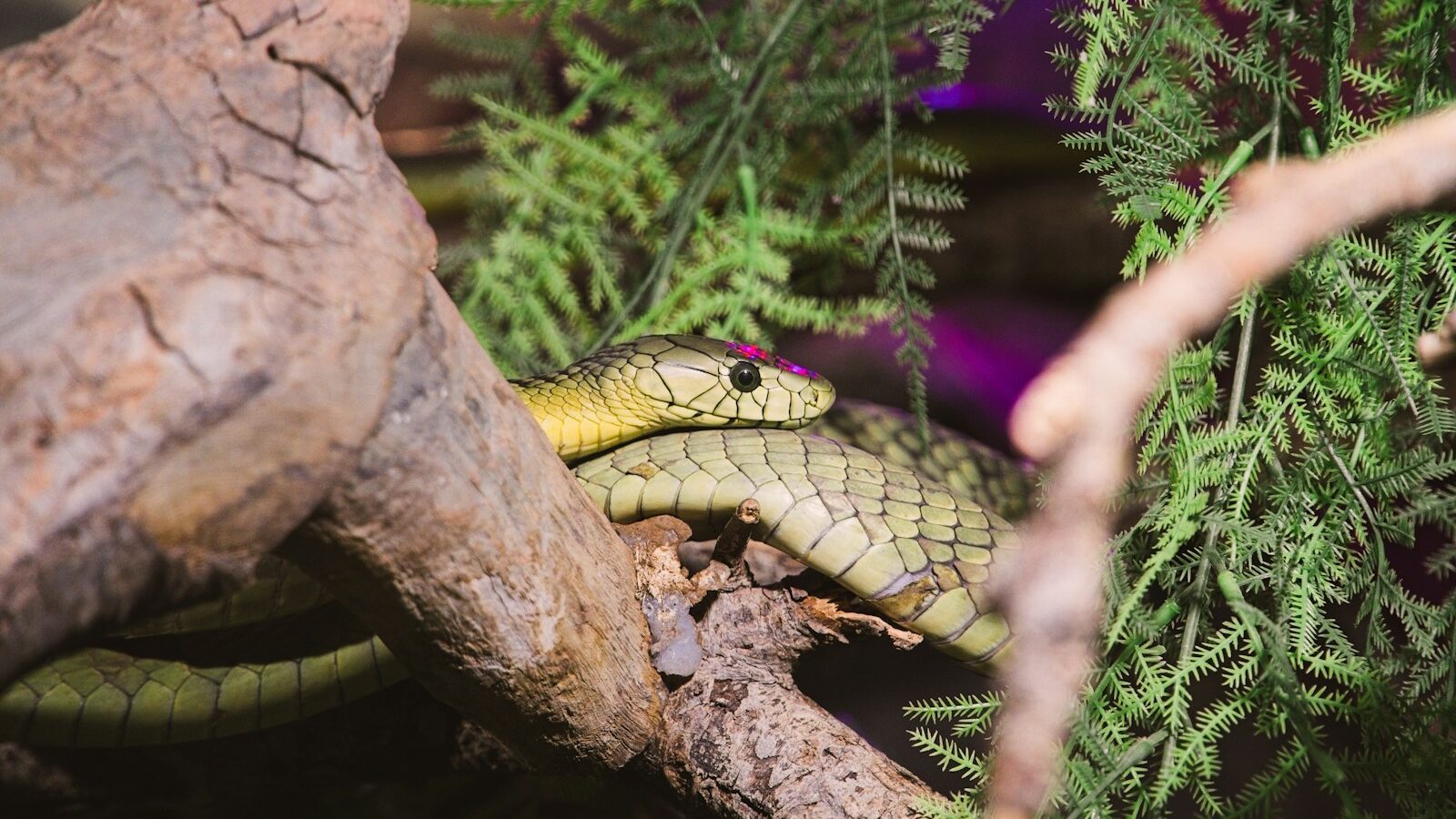

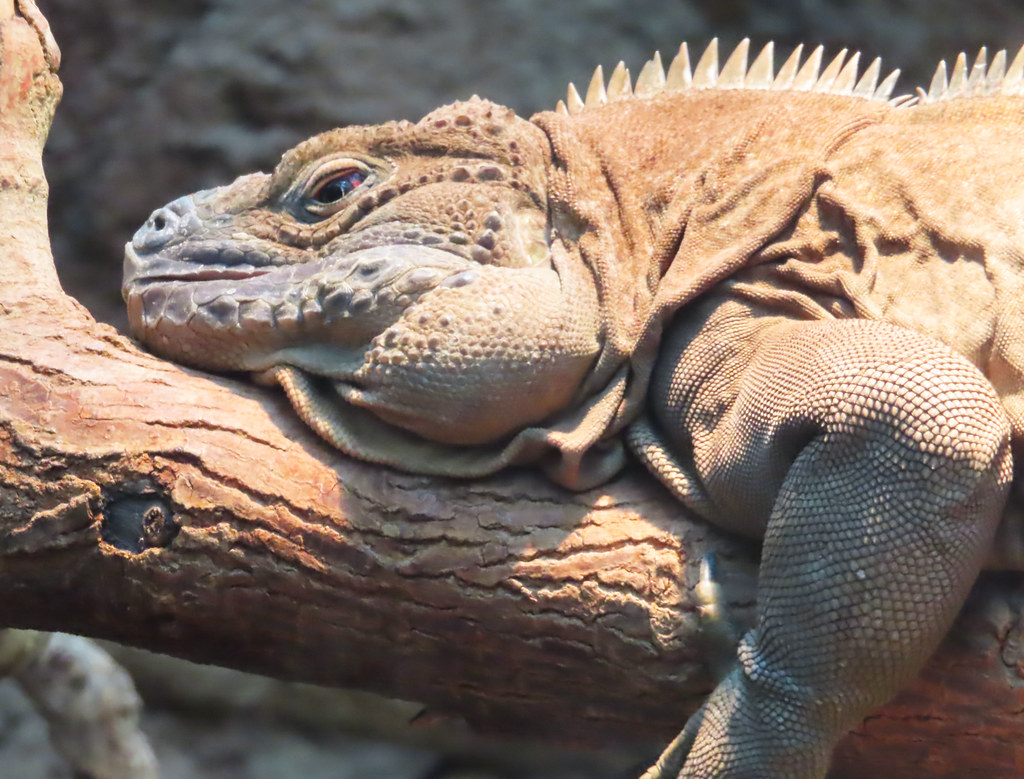






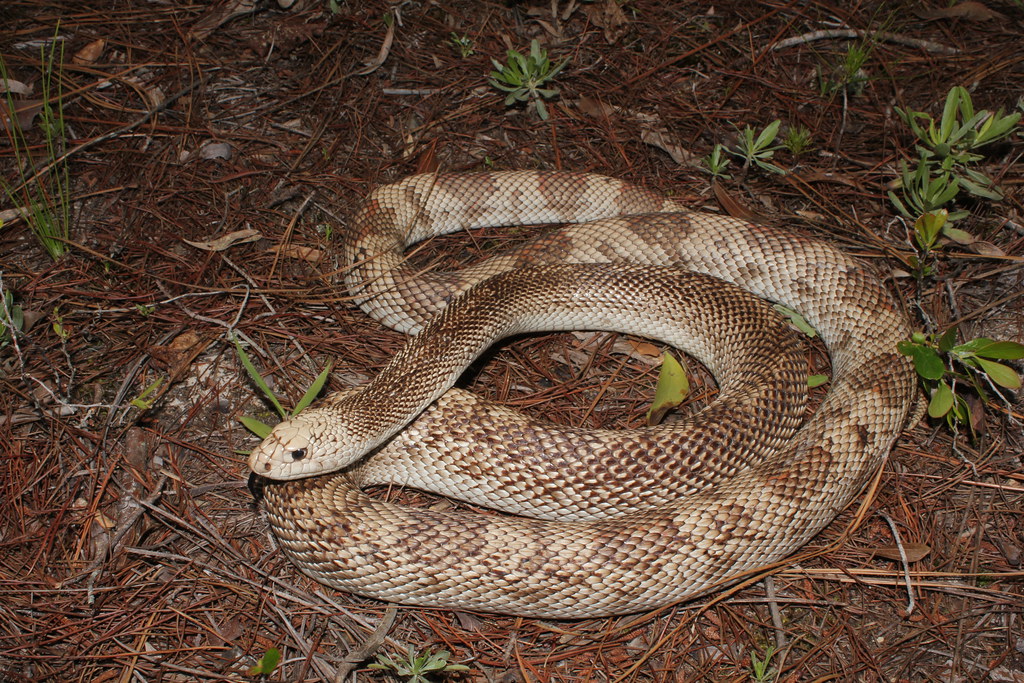





Leave a Reply